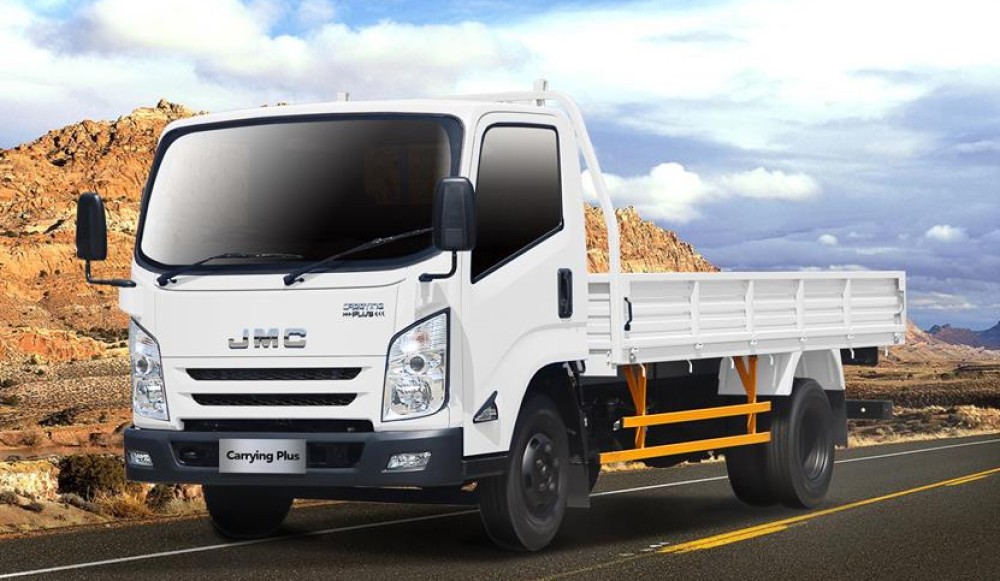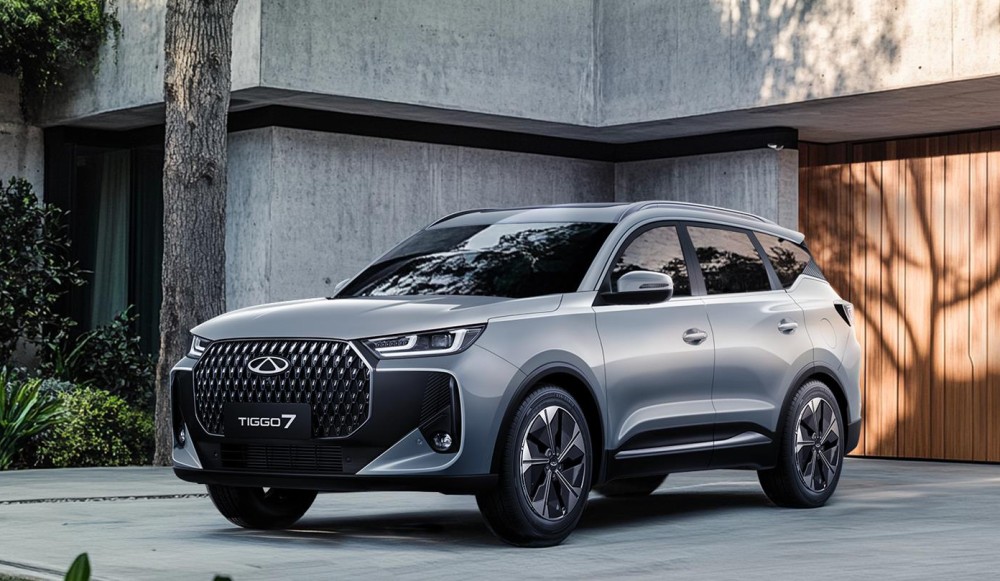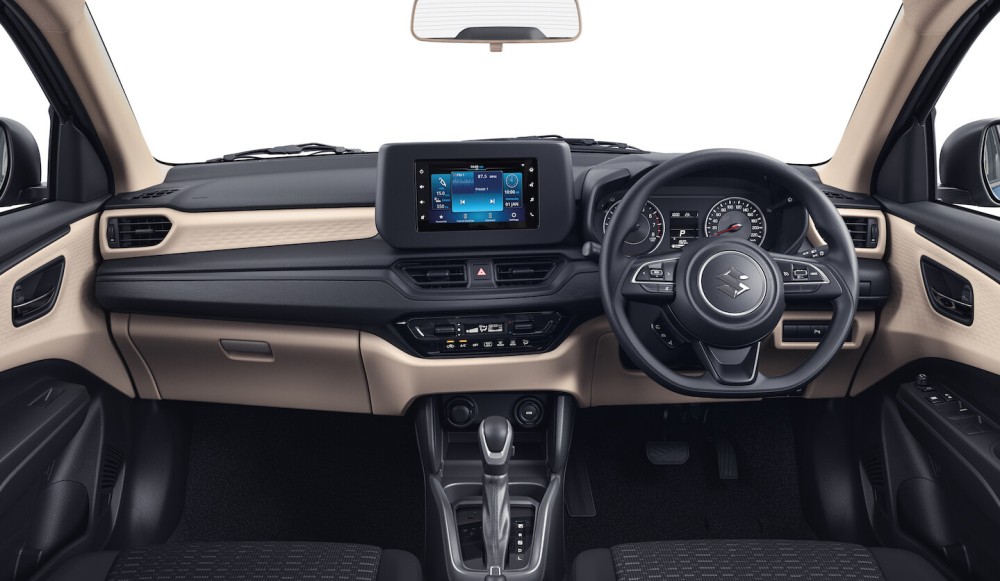After recently arriving as a single derivative, the facelifted Mercedes GLE range now also includes performance models.
Mercedes-Benz quietly introduced the facelifted GLE-Class recently, but the initial range didn’t include anything more exciting than the base turbodiesel powerplant. More variants have now been released to the local market as well, with mild-hybrid assistance for all engines and a full range of AMG performance models joining the line-up.
What’s new with the GLE-Class facelift?
Once again available in SUV or coupe formats (the latter only with the range-topping diesel or in one of the two AMG trims), the GLE fights against rivals as diverse as the BMW X5/X6, Audi Q7, and Range Rover Sport. When specified as an SUV, all GLEs except the AMG 63 S also offer the choice between five- and seven-seat configurations, but the coupe body style has to make do with only five seats because of its sloping roofline.
External changes are quite noticeable, with new grille designs, new bumpers with added brightwork up front, restyled all-LED light clusters at both ends, new alloy wheel designs, and two newly available colours. The GLE 450 d coupe variant now features the AMG Line styling pack, which adds a diamond-pattern grille, a front spoiler with chrome accents, an AMG rear diffuser, AMG side sill trim, and body-colour wheel arch trim. These niceties could be added to other models as well - at a price!
The changes inside are less obvious, but can be distinguished by a new steering wheel with touch-sensitive controls and new dashboard air vents with metal slats instead of the old plastic items. The MBUX infotainment system has also been updated, and now features wireless smartphone mirroring for both Apple CarPlay and Android Auto.
Mercedes GLE-Class engines
The previously-announced GLE 300 d remains the local range entry point, and features a 2.0-litre turbodiesel four-cylinder that produces 198 kW and 550 Nm. All local GLE models feature 4Matic all-wheel drive as standard (upgraded to 4Matic+ for AMG versions), and use a nine-speed torque-converter automatic transmission.
The majority of other derivatives offer six-cylinder power, with only the top-end AMG GLE 63 S receiving a V8 in the latest range. The middle ground is taken up by two “450”-badged powertrains, with inline-six engines using either petrol or diesel. The petrol-powered GLE 450 produces 280 kW and 500 Nm, while the GLE 450 d drinks diesel to produce 270 kW and 750 Nm. The 48-volt mild-hybrid system adds up to 15 kW and 200 Nm to the equation, filling in any torque gaps while the turbos get up to speed during sudden power demands.
Once again, two AMG-branded performance variants are available. The Mercedes-AMG GLE 53 4Matic+ uses a 3.0-litre turbo petrol engine similar to the one used in the GLE 450, but is tuned to produce 320 kW and 560 Nm in this application. It can be had with five- or seven seats with the SUV body, or as a coupe. At the top of the range is the Mercedes-AMG GLE 63 S 4Matic+ with either five-seat SUV or coupe body types, which ups the engine’s outputs to 450 kW and 850 Nm. And, as with the normal variants, the 48V electrics add another 15 kW and 200 Nm as needed.
Mercedes GLE-Class performance
With its power output figures starting around the 200 kW mark, all facelifted Mercedes GLE-Class models are bound to be quick. The base GLE 300 d is claimed to reach 100 km/h from rest in 6.9 seconds, and both GLE 450 petrol- and diesel variants slash that sprint time to 5.6 seconds.
Among the performance models, the AMG GLE 53 reaches the 100 km/h mark in 5.0 seconds, while the wild AMG 63 S is said to dispatch the benchmark sprint in only 3.9 seconds. This is remarkable performance for a vehicle with the GLE-Class’s heft, because even the five-seater 300 d weighs in at 2 165 kg and high-end V8 models add about 250 kg to that baseline figure. AMG GLE 63 S models even have an increased speed limiter, cutting the fun at 280 km/h instead of 250 km/h in the six-pot variants.
Mercedes GLE-Class prices
Neither the GLE nor the ML-Class which preceded it were ever inexpensive vehicles, and the latest version is no exception. Be prepared to part with most of R2-million when opting for a four-cylinder diesel, with the “450”-badged models adding about R100 000 to this base price and the coupe body style commanding another R250 000 or so price premium on the normal GLE 450 d.
The range is topped-off by the AMG GLE 63 S coupe, which costs the same as its SUV counterpart, at just a hair short of R3.8-million before options. Included in the price is a warranty for two years with no mileage limit, along with a maintenance plan for five years or 100 000 km.
Mercedes-Benz GLE 300 d 4Matic 5-seater: R 1,964,600
Mercedes-Benz GLE 300 d 4Matic 7-seater: R 1,984,000
Mercedes-Benz GLE 450 4Matic 5-seater: R 2,075,400
Mercedes-Benz GLE 450 4Matic 7-seater: R 2,094,800
Mercedes-Benz GLE 450 d 4Matic 5-seater: R 2,041,500
Mercedes-Benz GLE 450 d 4Matic 7-seater: R 2,060,900
Mercedes-Benz GLE 450 d 4Matic coupe: R 2,340,500
Mercedes-AMG GLE 53 4Matic+ 5-seater: R 2,400,000
Mercedes-AMG GLE 53 4Matic+ 7-seater: R 2,419,000
Mercedes-AMG GLE 53 4Matic+ coupe: R 2,525,850
Mercedes-AMG GLE 63 S 4Matic+ 5-seater: R 3,799,000
Mercedes-AMG GLE 63 S 4Matic+ coupe: R 3,799,000
Martin Pretorius
- Proudly ALL THINGS MOTORING








